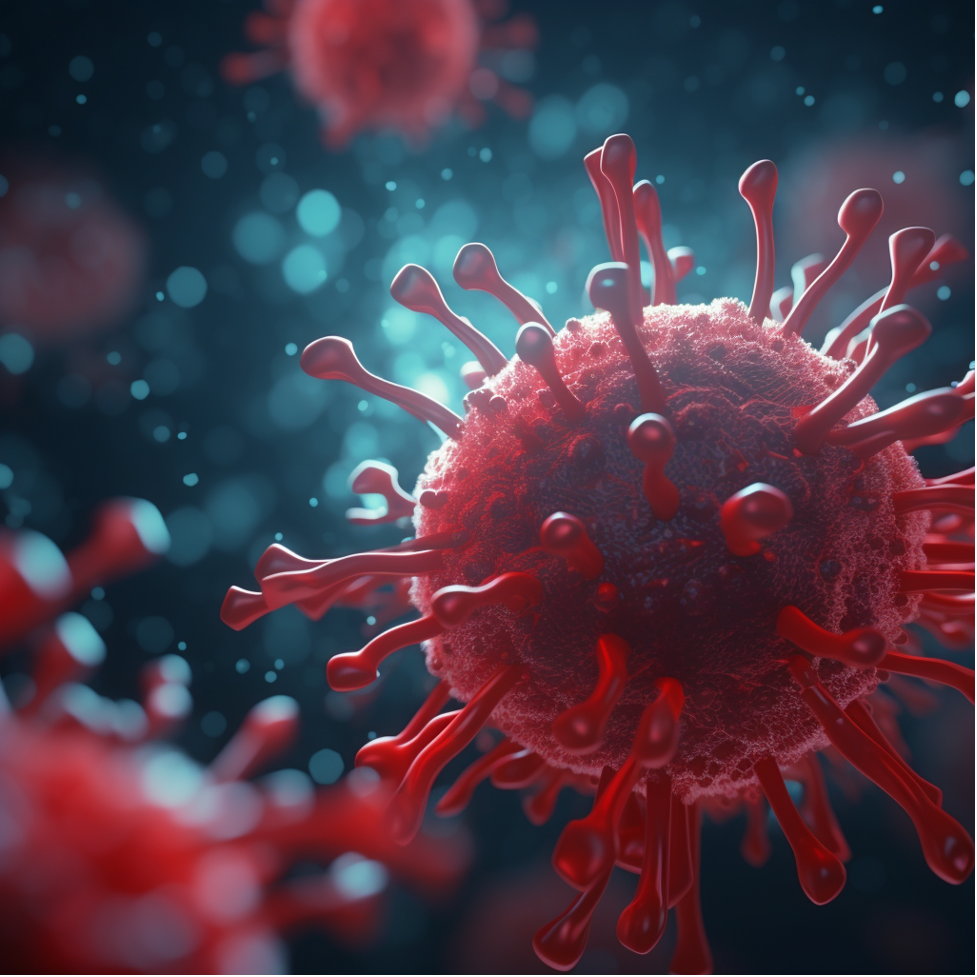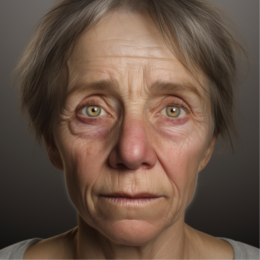How Is AIDS Transmitted?

We thought you might like these too:
- Who Was the First Person to Get Aids
- Understanding HIV Transmission: Key Facts & Precautions
- What Is Usually the First Sign of HIV?
How many of us have met Sophie? She’s a 28-year-old graphic designer, passionate about her career, loves to travel, and is an avid reader. Recently, Sophie discovered she contracted HIV. Like many of us, she believed it could never happen to her. As we journey into understanding HIV/AIDS transmission, let’s walk alongside Sophie, shedding light on misconceptions and bringing to life the human side of statistics. So, grab a coffee, take a moment, and let’s dive deep.
Understanding AIDS
Before we delve into transmission, let’s clarify our basics:
- HIV/AIDS: HIV stands for Human Immunodeficiency Virus. When untreated, it can lead to the disease AIDS (Acquired Immune Deficiency Syndrome). Not everyone who has HIV will develop AIDS.
- HIV/AIDS symptoms: In the early stages, flu-like symptoms such as fever, sore throat, and fatigue can occur. But sometimes HIV symptoms don’t appear for years—sometimes even a decade—after infection.
Sophie first noticed subtle symptoms but brushed them off as exhaustion from her hectic lifestyle. It’s a common misconception, making regular health check-ups crucial.
Survey
How Is AIDS Transmitted?
The primary ways HIV/AIDS is transmitted include:
- Sexual Contact: Unprotected sexual contact with an infected person is the most common way HIV spreads. This includes vaginal, anal, or oral sex. During these intimate acts, the virus can enter the body through the mucous membranes or tiny cuts/abrasions that might not even be visible.
- Sharing Needles: Sharing needles, syringes, rinse water, or other equipment with someone who has HIV is risky, primarily seen among people who inject drugs. This method can directly introduce the virus into the bloodstream.
- From Mother to Child: An infected mother can pass the virus to her child during childbirth, pregnancy, or breastfeeding. However, with proper treatment, the risk of transmission can be significantly reduced.
- Blood Transfusions: This was a more common method in the early days of the HIV/AIDS epidemic. However, today, thanks to rigorous testing and screening of blood products, getting HIV from a blood transfusion is extremely rare in many countries.
- Contaminated Surgical Equipment: Though rare, there have been cases where individuals were infected because surgical or medical equipment wasn’t properly sterilized.
Sophie’s transmission was through a partner she trusted. It emphasizes the importance of regular testing and honest communication in relationships.

Statistics:
- Around 1.5 million people worldwide became newly infected with HIV in 2020.
- Roughly 37.7 million people globally were living with HIV/AIDS in 2020.
- Since the beginning of the epidemic, more than 75 million people have been infected with the HIV virus and approximately 32 million people have died from AIDS.
Understanding these numbers is pivotal. It reveals the scale of the problem and demonstrates why prevention is essential.
Factors That Affect Transmission Risk
Not every exposure to HIV results in transmission, and the risk can vary significantly depending on several factors:
- Presence of Other STDs: Having other sexually transmitted diseases, especially untreated ones like syphilis, herpes, or gonorrhea, can make an individual more susceptible to HIV infection. These STDs can create sores or lesions, offering the virus easier entry points.
- High Viral Load: The viral load refers to the amount of HIV present in the blood. People with a higher viral load are more contagious, and the risk of transmission increases with the increasing amount of the virus in the blood.
- Open Sores or Cuts: Sores, cuts, or breaks in the skin can act as direct pathways for the virus, especially during sexual activity or if exposed to HIV-infected blood.
- Stage of Infection: Individuals in the acute phase of HIV infection, which occurs shortly after one gets the virus, have a significantly higher amount of the virus in their bloodstream. This makes them more likely to transmit HIV to others during this period.
- Circumcision: Studies have shown that circumcised men have a reduced risk of getting HIV from infected female partners compared to their uncircumcised counterparts.
- Vaginal Health: Conditions like bacterial vaginosis can alter the natural balance of bacteria in the vagina, potentially increasing the risk of HIV acquisition in women.
- Age: Age can play a role in vulnerability, with younger individuals, especially young women, having tissues that may be more susceptible to micro-tears or lesions during intercourse.
Sophie learned that her partner, a charming musician she met during her travels, had multiple partners and never got tested. This, coupled with her own history of an untreated STD and lack of knowledge about these risk factors, unwittingly put her at an elevated risk. Recognizing and understanding these factors is crucial in making informed choices and reducing potential exposure.
Preventive Measures
To safeguard oneself and the community:
- Regular Testing: Know your status and your partner’s.
- Safe Sex: Use condoms consistently and correctly.
- Limiting Number of Sexual Partners: The more partners, the higher the risk.
- Avoid Drug Use: Don’t share needles.
- Pre-exposure Prophylaxis (PrEP): A preventive option for those at very high risk of HIV infection.
Global Efforts to Reduce AIDS Transmission
Countries worldwide are working relentlessly:
- Educational Campaigns: To increase awareness and dispel myths.
- Free Testing Clinics: To encourage knowing one’s status.
- Improving Healthcare Infrastructure: Especially in impoverished regions.
Sophie, inspired by her experience, started an NGO emphasizing HIV education for young adults. Her story became a beacon of hope, showing that life doesn’t end with a diagnosis—it can be a new beginning.
Conclusion
Sophie’s journey with HIV/AIDS paints a broader picture of the global challenge. By understanding transmission, taking preventive measures, and being part of the global solution, we can combat the spread of HIV/AIDS.
We’re sure many of you have stories or experiences, maybe not as dramatic as Sophie’s, but equally enlightening. Share your stories, and let’s create a community where support thrives.
IF YOU’VE KNOWN SOMEONE AFFECTED BY HIV/AIDS, HOW DID THEIR STORY INFLUENCE YOUR PERSPECTIVE? SHARE IT IN THE COMMENTS.
References
- UNAIDS. Global HIV & AIDS statistics — 2020 fact sheet. UNAIDS.
- Centers for Disease Control and Prevention (CDC). HIV Basics. CDC.
- World Health Organization. HIV/AIDS. WHO.





